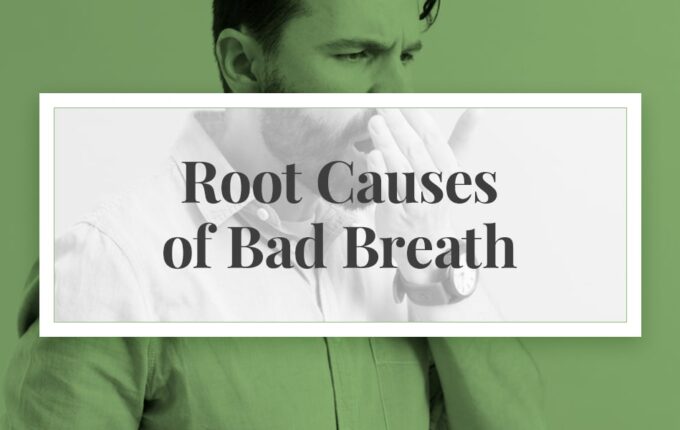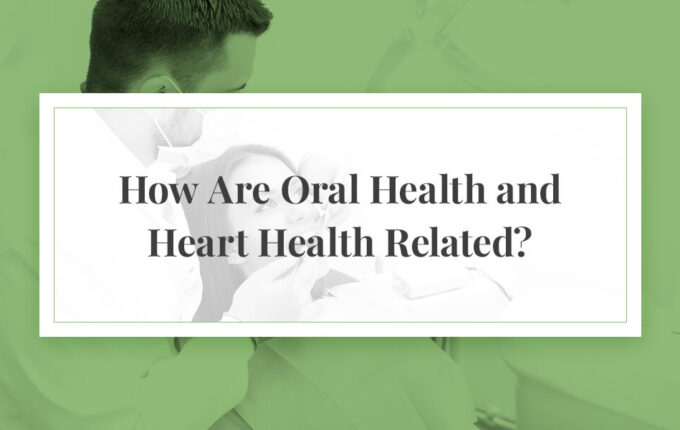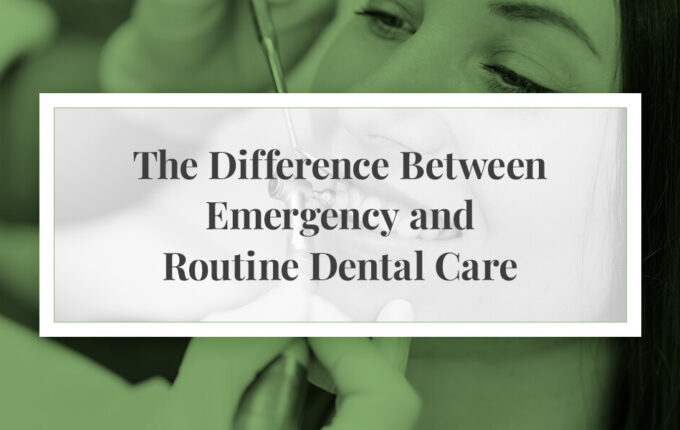Water Flossing vs. Traditional Flossing — What Is the Difference?
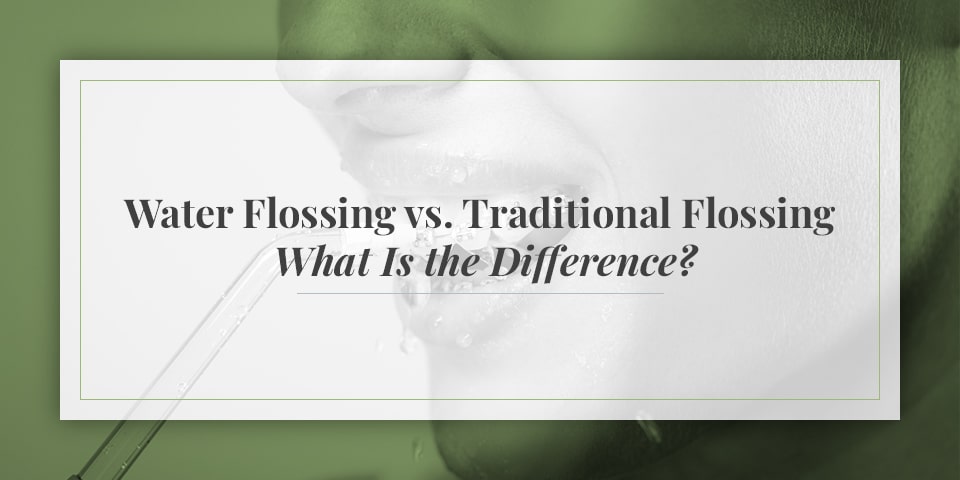
Proper dental hygiene is the key to a healthy mouth and a happier smile — yet many people are unaware of the importance of flossing. Flossing may demand a bit more effort than brushing your teeth, but it is essential in keeping your teeth in good shape for years to come.
As you consider adding flossing to your daily oral hygiene routine, you should know that traditional flossing is only one of the ways you can clean the spaces between your teeth. Water flossing has grown in popularity in recent years, leading many to wonder if they should make the switch. Here is a closer look at the importance of flossing and how traditional flossing and water flossing differ from one another.
How Does Plaque Impact Your Oral Health?
When considering water flossing vs. traditional flossing, you first need to understand what plaque is and how it affects your oral health. Plaque is the reason people brush and floss their teeth and visit their dentist regularly. When left untreated for several years, plaque can build up and lead to some severe issues. This fact means consistent, preventative care is the key to fighting against plaque.
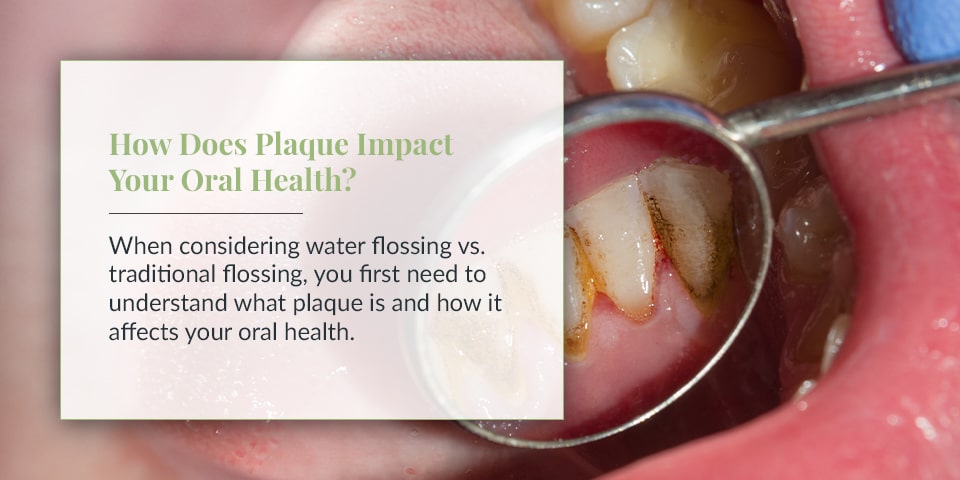
At its earliest stages, plaque begins as undetectable bacteria in the mouth. As you eat food and go about your day, starches in your food will mix with this bacteria, causing it to clump together and adhere to your teeth. This combination of bacteria and starch causes your teeth to feel as though a film is on them. This film is the first detectable sign of plaque in your mouth.
Like all living organisms, the bacteria in plaque need to consume some form of nutrition to survive. Sugars and carbohydrates act as the food source for this bacteria. As the bacteria consume these sugars, they release an acid byproduct onto your teeth that can cause damage to your tooth enamel. This damage can lead to the breaking down of this protective layer of your teeth, causing cavities, tooth pain, and other dental concerns.
Letting plaque accumulate by forgetting to brush and floss your teeth could be detrimental. Worse conditions could arise, including the following:
- Tartar: If you leave plaque to continue building on your teeth, it can eventually turn into tartar. Tartar is a hard, calcified deposit that clings to your teeth near the gum line. Although you can remove plaque from your teeth with a toothbrush, toothpaste, and some floss, tartar requires professional removal from your dentist. Tartar is yellow or brown in color and can contribute to halitosis, or poor breath, and tooth pain. It could even affect the health of your gums, leading to a condition known as gingivitis.
- Gingivitis: Gingivitis is an early form of gum disease. You put yourself at risk of gingivitis if you allow plaque to accumulate on your teeth near the gum line. The presence of plaque will damage and irritate your gums, leading to adverse side effects. Signs of gingivitis include swollen, irritated, red, and bleeding gums. If you have gingivitis, simple hygiene acts, including brushing your teeth, could result in bleeding gums — but bleeding can happen even without cleaning your teeth. Eventually, gingivitis can develop into a serious issue called periodontitis.
- Periodontitis: Periodontitis, or periodontal disease, is an affliction of the gums and lower bone structures of the teeth. Signs of periodontitis include red and bleeding gums, a receding gum line, halitosis, and sore gums. Periodontitis causes inflamed gums that pull away from your teeth, leading to longer-looking teeth and larger gaps between each tooth. At its most advanced form, periodontitis can cause your teeth to shift, wobble, or hurt when you chew your food.
Why Does Flossing Matter?
Everyone wants to be able to smile with confidence. Having clean, healthy teeth is the natural way to achieve that level of confidence, but the process of getting there will take time and discipline. As you learned above, poor oral hygiene can result in many negative consequences that you would be wise to avoid. You will need a consistent dental hygiene routine to reach the smile of your dreams, and part of that routine should include flossing.
Flossing is the act of dislodging plaque from the spaces within your teeth. Many people associate flossing with “traditional” flossing, which uses a piece of nylon string to remove the plaque from your teeth. Still., many other flossing methods exist, including water flossing. We will compare the two types of flossing later in the article. For now, you should understand that flossing — done either the traditional way or with the water flossing method — is an essential part of keeping your teeth clean and avoiding severe dental issues.
Forgetting to participate in proper dental practices like flossing will first target your oral health. Here are some of the conditions that could arise over time if you choose not to floss as part of a healthy dental routine:
- Halitosis
- Yellowing teeth
- Plaque and tartar buildup
- Gum disease
- Loose teeth
- Premature tooth loss
- Tooth pain
The evidence is clear that lacking a proper oral hygiene routine could have serious effects on your tooth and gum health. Additionally, as you will see below, your dental health has more of an impact on your whole body than you may think.
Possible Connections Between Oral Hygiene and One’s Overall Health
Modern research is showing an intriguing connection between flossing and various health issues. Many of these issues go beyond the mouth and can affect other areas of the body, resulting in a reduced quality of life. This phenomenon may occur from harmful bacteria in your mouth entering your bloodstream and affecting your body’s health. Besides cavities and gum disease, there may be a connection between not flossing your teeth and developing the following health conditions:
- Heart disease and other heart health issues
- Pregnancy complications, including prematurity and low birth weight
- Diabetes
- Rheumatoid arthritis
- Dementia
The common factor among the above conditions is inflammation. Although researchers must conduct more studies to prove a definitive connection, some experts think inflammation of the mouth caused by periodontal disease could trigger other inflammatory responses throughout the body. These same cases of inflammation are common in individuals with rheumatoid arthritis, heart disease, and the other conditions listed above. If flossing can reduce your risk of developing these conditions — or reducing their symptoms — you should consider adding flossing to your dental routine.
Here are some of the contributing benefits flossing could add to your life:
- Cleaner-looking teeth
- Better breath
- Reduced risk of gum disease
- Better quality of life
- Healthier teeth and gums over time
Flossing is an essential part of healthy teeth and a healthy lifestyle, but there are many ways you can floss your teeth. In the following sections, we will look at two of the main flossing techniques — traditional flossing and water flossing. We will go over the pros, cons, and other information on both flossing styles to determine which is the best fit for you.
Traditional Flossing
People have been using traditional dental floss to clean their teeth for generations. Many people are familiar with today’s nylon string used for flossing, but unwaxed silk was the preferred flossing material several hundred years ago. Today’s floss comes in small containers with convenient cutters or precut sections attached to small plastic holders.
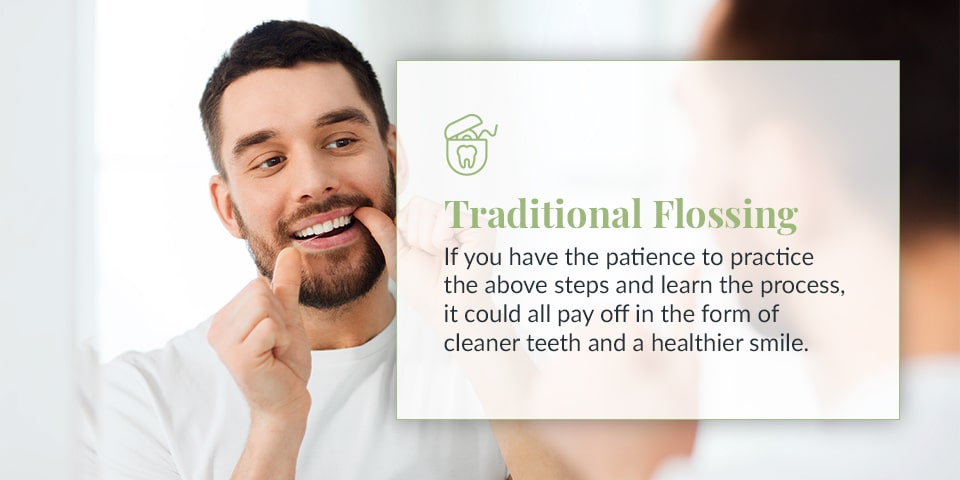
While the precut sections with plastic holders are easy to use — you hold the handle and work the floss between your teeth — using a self-cut section of nylon can be tricky. Many people choose to skip flossing because of the learning curve. Here is a step-by-step process of how to floss your teeth the traditional way:
- Start with a section of floss over 1 foot long and break it off from the spool with the provided cutter.
- Lightly wind both ends around the middle finger of each of your hands.
- Use your thumbs and index fingers to pinch and hold the floss in each hand, leaving a free space of an inch or two between each hand.
- Pull the floss tight and start working it between two teeth using a back-and-forth motion.
- Move the floss so it wraps around one of the teeth. Work the floss up and down the surface of the tooth. Do the same to the other tooth.
- We recommend starting with the bottom teeth before moving to the top. Start with the last tooth on one side for each set of teeth and work your way to the last tooth on the other side.
Consider flossing to remove plaque and protect your dental hygiene. If you have the patience to practice the above steps and learn the process, it could all pay off in the form of cleaner teeth and a healthier smile.
Benefits of Traditional Flossing
Traditional flossing provides many benefits that could make you choose to add it to your dental health routine. Here are some of the benefits of conventional flossing:
- Flossing helps you remove the bacteria, plaque, and food particles in the spaces between your teeth.
- Traditional flossing allows you to wipe each tooth clean of plaque before it develops into tartar.
- You can lower your risk of cavities and gum disease by removing plaque and cleaning beneath your gum line.
- You get to experience a more active role in your oral health.
Pros and Cons of Traditional Flossing
Here are some of the pros and cons of traditional flossing to help you decide if it is the correct type of flossing for you:
- Increased control: With the floss wrapped around your fingers, you have better control over your flossing movements.
- A complete cleaning: You will know each tooth is clean before moving to the next, giving you peace of mind about your oral cleanliness.
Here are some of the cons of traditional flossing:
- Limited space: Some teeth, especially the ones further back, can be hard to reach.
- Learning curve: Traditional flossing demands a learning period that could be tricky for some individuals.
- Bleeding gums: Traditional flossing could lead to bleeding gums as the floss rubs against them.
Water Flossing
Water flossing is a new flossing method that has grown in commercial popularity over the past few decades. The main appeal of water flossing is that it replaces the nylon string with high-pressure water to clean the spaces between your teeth and below your gum line. This high-pressure water can remove bacteria, plaque, and food particles from your mouth. One study even shows that water flossing can be more effective at removing plaque than traditional flossing.
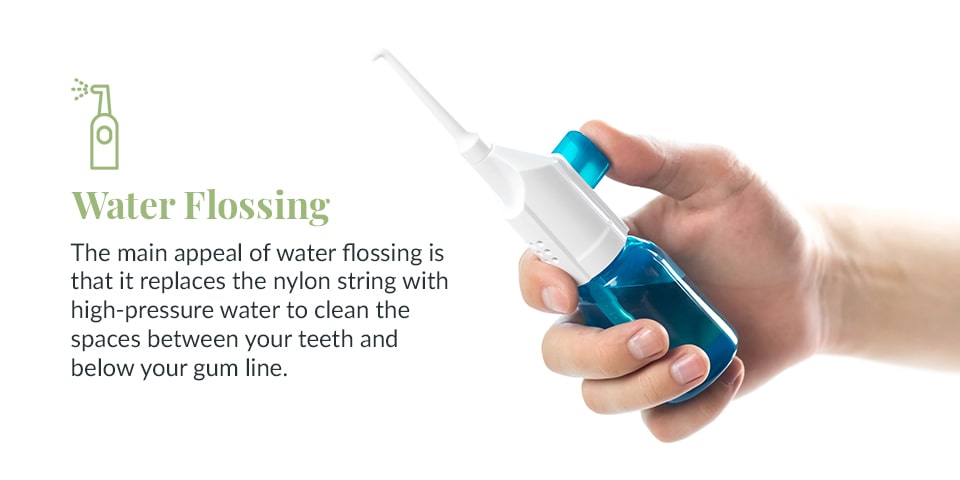
The process of flossing your teeth with an electric water flossing machine is different from the nylon string process. Here is a breakdown of how to water floss:
- Make sure the tip of the water flossing tool is in the holder. Fill the reservoir with warm water and place it back into the device’s base.
- Plug the device into the nearest electrical outlet and adjust the pressure control. We recommend starting with low pressure and turning it higher if necessary.
- While leaning over the sink, place the tip into your mouth and close your lips around it. Turn on the water flossing device.
- Aim the tip above the gumline, starting with your back teeth and working toward the middle of your mouth for both top and bottom sets.
- Pause with the tip between each tooth. After each tooth, dispense the water from your mouth into the sink.
- When finished, turn off the device and eject the tip. Then, follow the device’s instruction manual to clean the machine.
Water flossing is an effective choice for people with unique dental conditions or requirements. If you wear braces or have crowns, bridges, or dental implants that could restrict your ability to use traditional floss, water flossing could be the best option for you. Water flossing is also a helpful choice for people with arthritis or other conditions that could make traditional flossing difficult.
Benefits of Water Flossing
Water flossing has many benefits to help you achieve cleaner and healthier teeth. Although it is a different method than traditional flossing, water flossing has some of the same benefits as conventional methods while adding some new advantages. Here are the benefits of water flossing:
- Water flossing can help clean even the tightest spaces between teeth.
- Water flossing removes plaque, similar to or even better than traditional flossing.
- Water flossing is a safe and effective alternative to traditional flossing anyone can try.
- You can lower your risk of dental health issues.
Pros and Cons of Water Flossing
Like traditional flossing, water flossing has its own set of pros and cons. Here are some of the main pros of this style of flossing:
- Ease of use: Water flossing is easy to use, offering an effective alternative to traditional flossing.
- Versatility: You can clean hard-to-reach areas with a water flossing device, including the teeth in the back of your mouth.
- Accessibility: People of all abilities can use water flossing devices with excellent results for their dental health.
Here are some of the cons of water flossing:
- A lack of control: It is easy to miss a spot when water flossing, causing you to leave behind some bacteria or plaque.
- High cost: Water flossing devices can be costly, making the cost of entry too expensive for some people.
- Mess: Water flossing can be a messy process considering the spray of water from the tip and the dispersing of water from your mouth into the sink.
209 NYC Dental Is Here for Your Oral Hygiene Needs
209 NYC Dental is the convenient option for dental work in the Midtown Manhattan area of New York City. We are open seven days a week so we can meet your dental needs whenever they might arise. At 209 NYC Dental, we treat you like a person who deserves personalized care. You are more than another number in a filing cabinet to us. Whether you need a dental cleaning or require one of our other services, you can trust in our care and our commitment to quality service.
We encourage you to contact us today for more information about how we can help you achieve a more confident smile. We look forward to serving you! Call us at 212-355-2290.
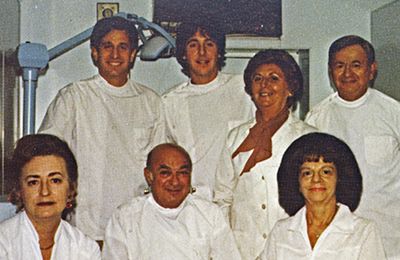 Our History
Our History
 Our Providers
Our Providers
 About Us
About Us
 Blog
Blog
 Contact us
Contact us
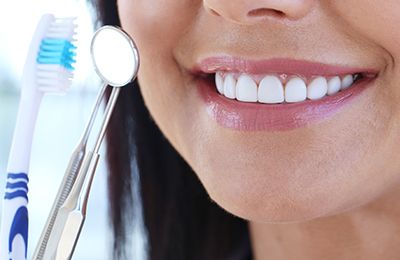 Diagnostic & Preventive
Diagnostic & Preventive
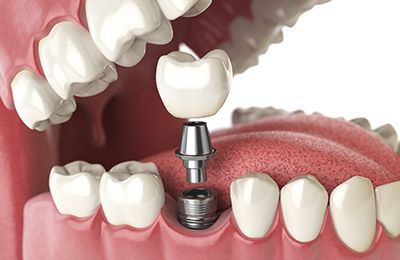 Implant Dentistry
Implant Dentistry
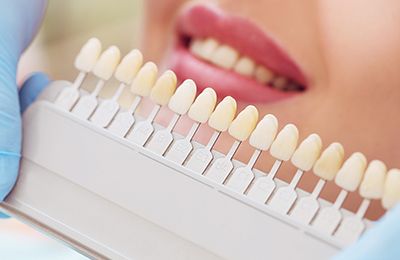 Cosmetic Dentistry
Cosmetic Dentistry
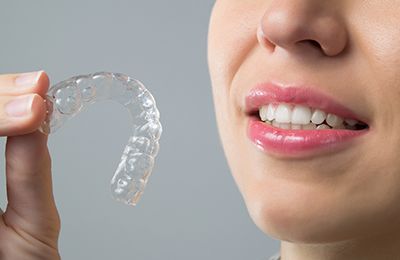 Clear Braces
Clear Braces
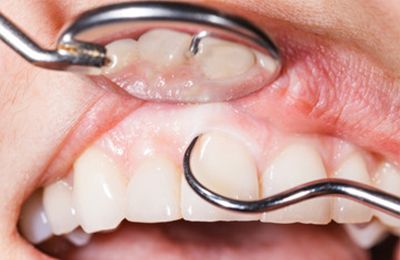 Periodontics
Periodontics
 Patient Forms
Patient Forms
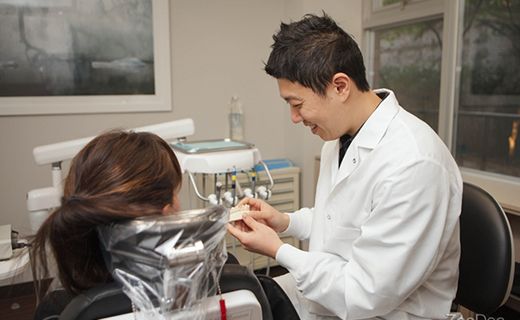 Payment Information
Payment Information
 Insurance Options
Insurance Options
 CareCredit Dental
CareCredit Dental
 Appointment Policy
Appointment Policy
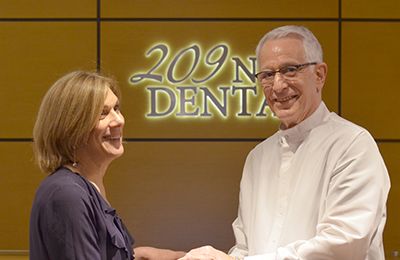 Free Consultation
Free Consultation
 Complimentary Teeth Whitening
Complimentary Teeth Whitening
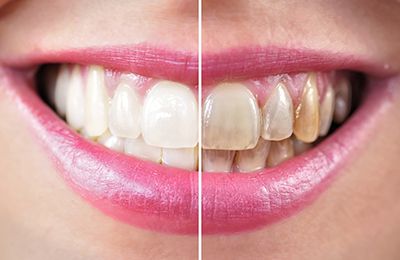 Teeth Whitening
Teeth Whitening

